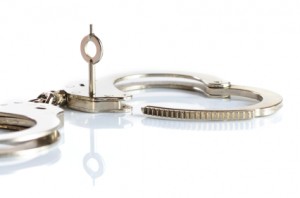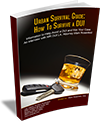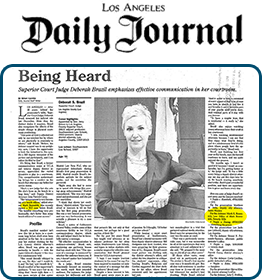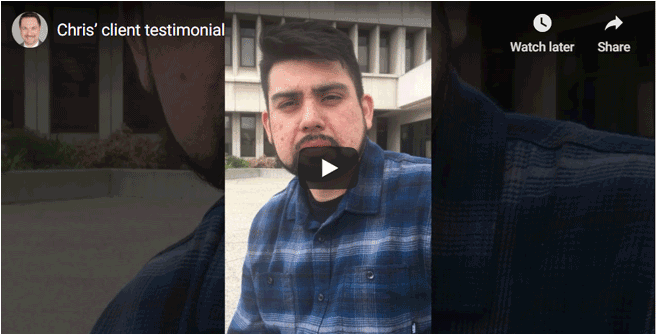
Once you have been arrested and charged with a DUI, there are other parts of the judicial process that must occur before a “DUI trial”. The first of the court-based proceedings to happen after you are charged with a DUI is called an arraignment. Arraignments occur in all criminal cases in California, and the purpose of the arraignment is to officially inform you, the defendant, of the charges against you.
The arraignment begins with the judge reading the criminal charges against the defendant and inquires as to whether the defendant already has an attorney. If the defendant does not have an attorney, and the defendant cannot afford an attorney, the judge then asks the defendant if he would like the court to appoint an attorney to represent him. (Court appointed attorneys are not free, and Los Angeles County usually seeks to recover some of the cost from the defendant.) The judge then asks the defendant how he will plead to the charges brought against him. As a defendant, you generally have three pleading options: “guilty”, “not guilty”, or “nolo contendere” (also known as “no contest”). Under California law, a pleading of nolo contendere has the same legal effect as pleading guilty in a criminal case. However, if the defendant is charged with a misdemeanor crime (as opposed to a more serious felony offense), pleading nolo contendere, in most cases, prevents use of that pleading as evidence of an admission of guilt in a civil case. DUI cases are often misdemeanors; however, if you have multiple DUI convictions or injured someone while driving-under-the-influence, you will be charged with a felony DUI.
Defendants also have the option of pleading: 1) not guilty by reason of insanity, 2) that the defendant has a “former judgment of conviction or acquittal of the offense charged”, or 3) the defendant has already been “once in jeopardy” for the offense charged. The “former conviction or acquittal” and “once in jeopardy” pleadings essentially mean that the defendant has already been charged and convicted or acquitted for the present offense and, therefore, cannot be charged again for the same crime. These three pleadings apply only in specific circumstances and are unavailable to most defendants in DUI cases.
Once the defendant has submitted his pleading orally or in writing in open court, the judge examines the bail amount set when the defendant was jailed immediately after the arrest. The judge then either adjusts the bail amount or releases the defendant on his own recognizance. If you are released on your own recognizance, you must promise to reappear in court on the date given by the judge. Posting bail means you give the court a sum of money that is returned to you when you return to court for your next required appearance. The arraignment ends after the judge sets the dates for future proceedings in the case, such as a preliminary hearing, pretrial motions, and trial.
Preliminary hearings are held for felony crimes and are essentially miniature trials that allow the judge to evaluate the evidence and determine whether the evidence supports the charges brought against the defendant. During the hearing, both the prosecution and defense can present physical evidence and witness testimony. At the conclusion of the hearing, the judge either dismisses the case or finds probable cause that the defendant committed the crime. Should the judge make a finding of probable cause at the preliminary hearing, the case proceeds on toward trial. If the judge does not find probable cause, then the case is dismissed. After a finding of probable cause at the preliminary hearing, a second arraignment occurs where any new charges are added, and, like the first arraignment, the defendant is apprised of the charges against him.
It is imperative to have professional legal counsel during the pretrial phase of your DUI case to preserve your rights. Mark Rosenfeld is an experienced attorney who has represented many DUI clients before and is eager to help you. Contact his office now at (310) 424-3145 for a consultation regarding your case.






 Personal Attention
Personal Attention Every criminal case is unique and no attorney can guarantee the outcome of a case. The information on this site is legal advertising and for general information only. Using this site, requesting books, information, consultations or communicating with Attorney Rosenfeld through its site does not form an attorney/client relationship.
Every criminal case is unique and no attorney can guarantee the outcome of a case. The information on this site is legal advertising and for general information only. Using this site, requesting books, information, consultations or communicating with Attorney Rosenfeld through its site does not form an attorney/client relationship.








